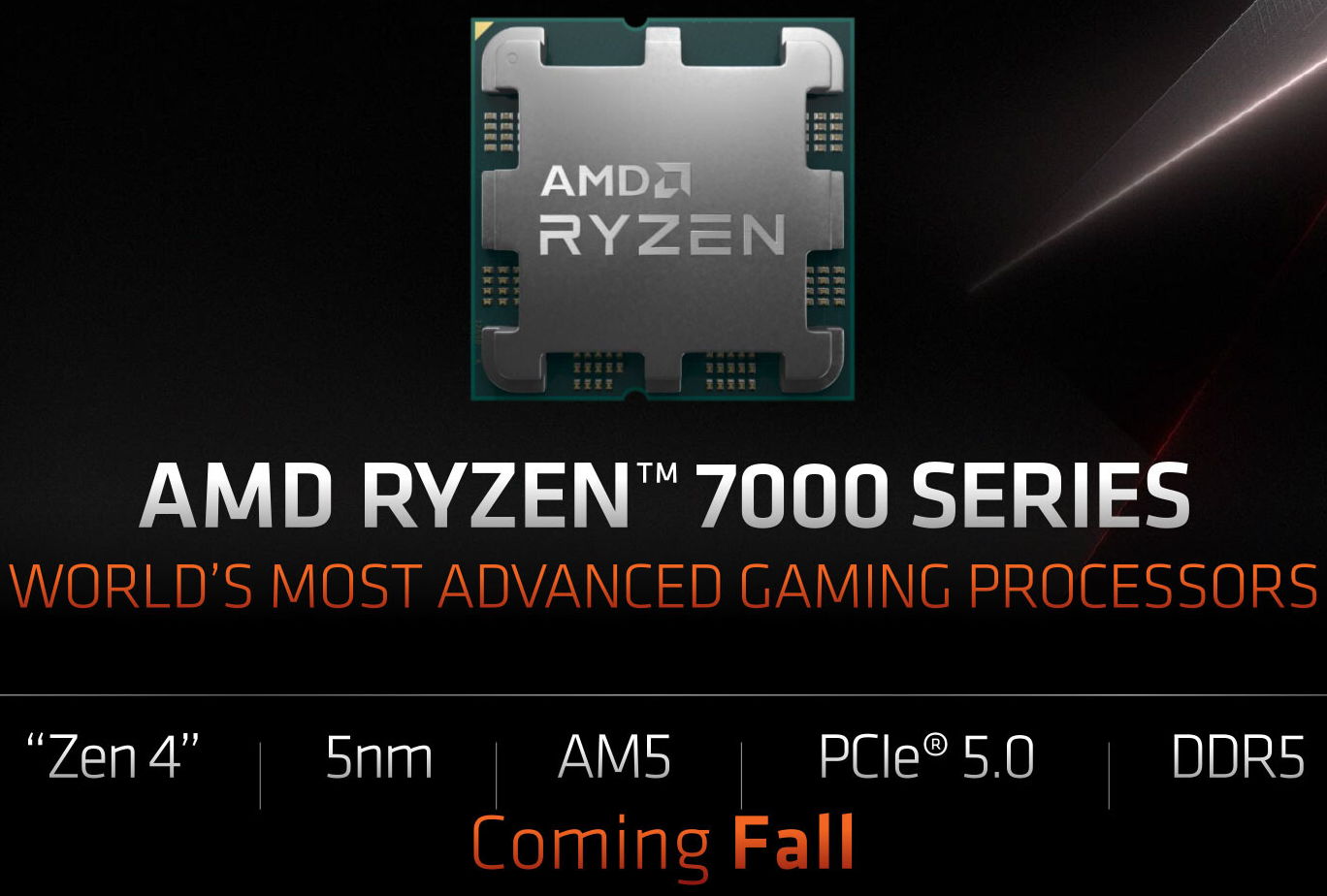amd would confirm during the presentation in China Date of publication your future processors Ryzen 7000 and the first motherboards with an AM5 socket to replace the veteran and much-reused AM4.
During the alleged internal presentation, it was possible to see some images that showed a specific date, September 15, which would theoretically be the introduction of Ryzen 7000 processors, based on the Zen 4 architecture, and the first motherboards with an AM5 socket. If this is confirmed, the company would fulfill what was shown at Computex 2022, when it showed that its future technology would see the light of autumn 2022.

It is unclear whether the image was actually displayed in an internal company presentation because other users pointed out that the image was leaked by a Twitter user @wxnod may correspond to AMD’s official store in China. It is not yet possible to confirm whether September 15 is the actual release date of the Ryzens 7000 and AM5, but looking at the design of the film, which has a more commercial format, he might think so. Geographical areas, of course, remain in the air.
The Ryzen 7000 will be AMD’s answer to Intel Alder Lake. Compared to previous series of processors from the same company, will excel by introducing integrated graphics as a standard featurewhen it was previously reserved for the APU. AMD is a bit closer to what Intel is doing, whose non-iGPU models are more like processors whose integrated graphics were faulty and not working, but that doesn’t mean the rest isn’t working perfectly.

Other features of future Ryzens are that they will be the first consumer x86 processors built with 5nm TSMC manufacturing processMicrosoft DirectStorage support with new AMD Smart Access Storage technology and will only support DDR5 RAM. Its chipsets, or at least the first compatible ones, will be the AMD X670 Extreme (X670E), AMD X670 and AMD B650.
All indications are that AMD will be able to remain in its commitment to DDR5 due to the fact that the prices of these memories are falling. We remember that Intel had to back down with Alder Lake at the time to allow the use of DDR4, because at that time DDR5 memories were so expensive that the processors remained on the shelves.
